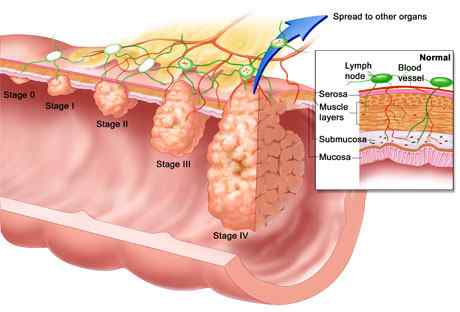
Ovarian Cancer – Causes, Symptoms and Treatment
Ovarian cancer is cancer that begins in the ovaries. Ovaries are reproductive glands found only in women. the ovaries produce eggs (ova) for reproduction. the eggs travel through the fallopian tubes into the uterus where the fertilized egg implants and develops into a fetus. the ovaries are also the main source of the female hormones estrogen and progesterone. One ovary is located on each side of the uterus in the pelvis.
Causes of Ovarian Cancer
Women who have not had children are slightly more likely to develop ovarian cancer than women who have, although the risk is still very low. Having two or more children may provide more protection than just one.
Breast feeding your children may slightly decrease your risk.
Starting your periods early or having a late menopause slightly increases your risk of ovarian cancer.
If a woman has ovarian cancer and her daughter develops ovarian cancer, the daughter will probably develop the cancer at a relatively young age (younger than 60 years).
Family history: a woman’s risk for developing ovarian cancer increases if she has a first degree relative (like sister, mother, grandmother) that suffered from ovarian cancer. the risks do not necessarily increase because of a family history ovarian cancer – but when the inherited genetic mutations are present. However, a woman’s risk for ovarian cancer can be tied to a family history of breast or colon cancer. Also the risk for ovarian cancer is indirectly proportional with the age of the relative that suffered from ovarian cancer.
Symptoms of Ovarian Cancer
Early stage ovarian cancer may not cause many symptoms, or they may be vague and overlooked. in addition, vague abdominal or pelvic symptoms are most often NOT caused by cancer. If they go away within a few days to a week, they may simply be intestinal disturbances due to something you ate or a viral infection.
Abdominal/pelvic discomfort or pressure
back or leg pain
Changes in bowel function or urinary frequency
Germ Cell Tumors — Ovarian germ cell tumors develop from cells that produce the ova or eggs. most germ cell tumors are benign, although some are cancerous and may be life-threatening. the most common germ cell malignancies are maturing teratomas, dysgerminomas and endodermal sinus tumors. Teenagers and women in their 20s are most often diagnosed with germ cell malignancies. Before combination chemotherapy was available as a treatment, the most aggressive of these tumors — the GNP abnormal sinus tumor — was associated with a one-year disease-free survival rate of only 10 percent to 19 percent, even though 70 percent of these tumors were diagnosed very early. Today, however, 90 percent of women with ovarian germ cell malignancies can be cured and their fertility preserved.
Treatments for Ovarian Cancer
Surgery is the preferred treatment and is often needed to diagnose ovarian cancer.
Studies have shown that surgery performed by a specialist in gynecologic oncology results in a higher cure rate.
Chemotherapy is used as after surgery to treat any remaining disease. Chemotherapy can also be used if the cancer comes back.